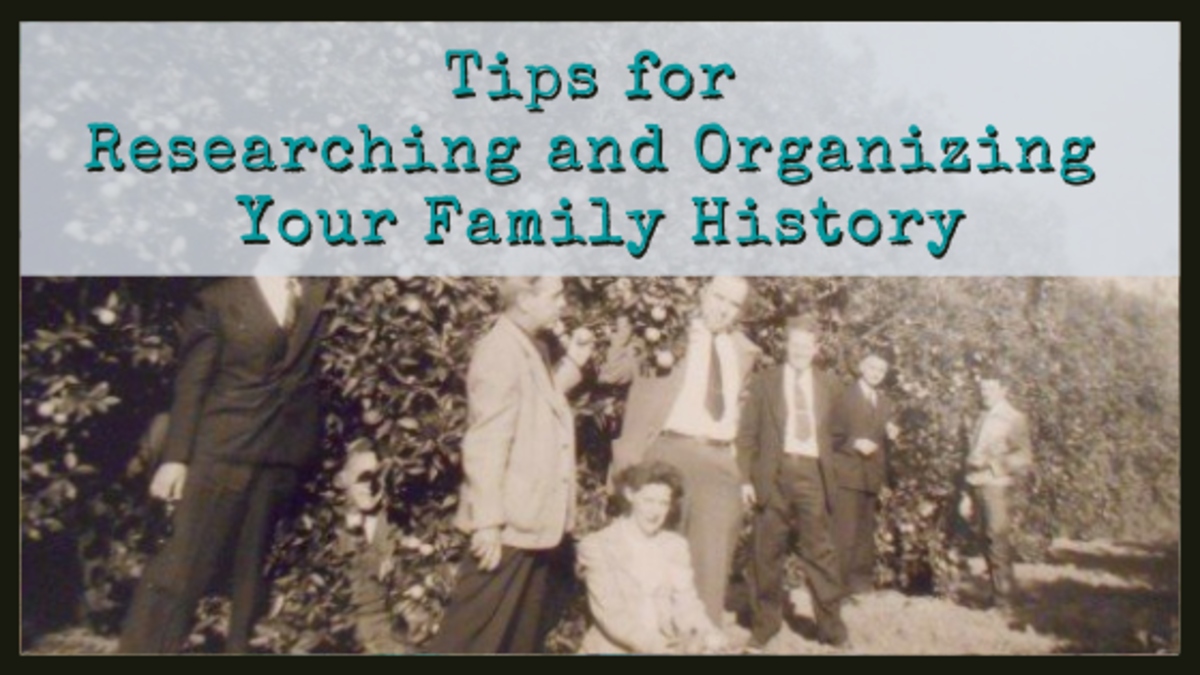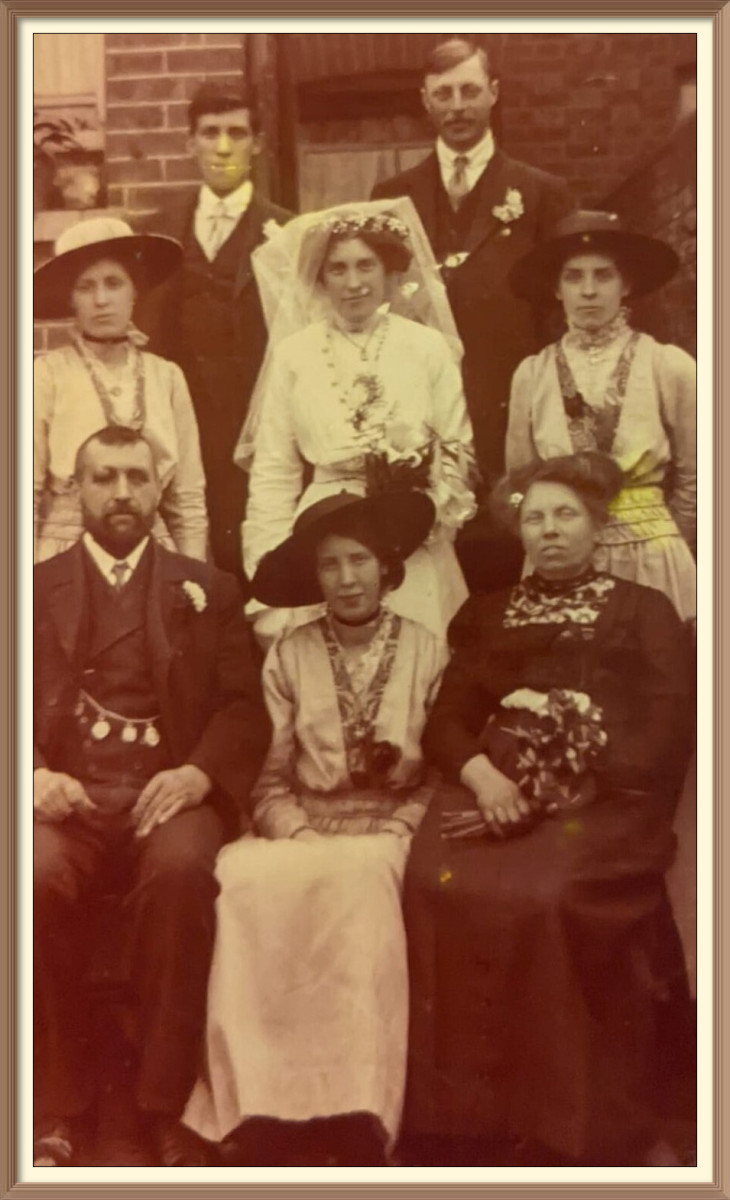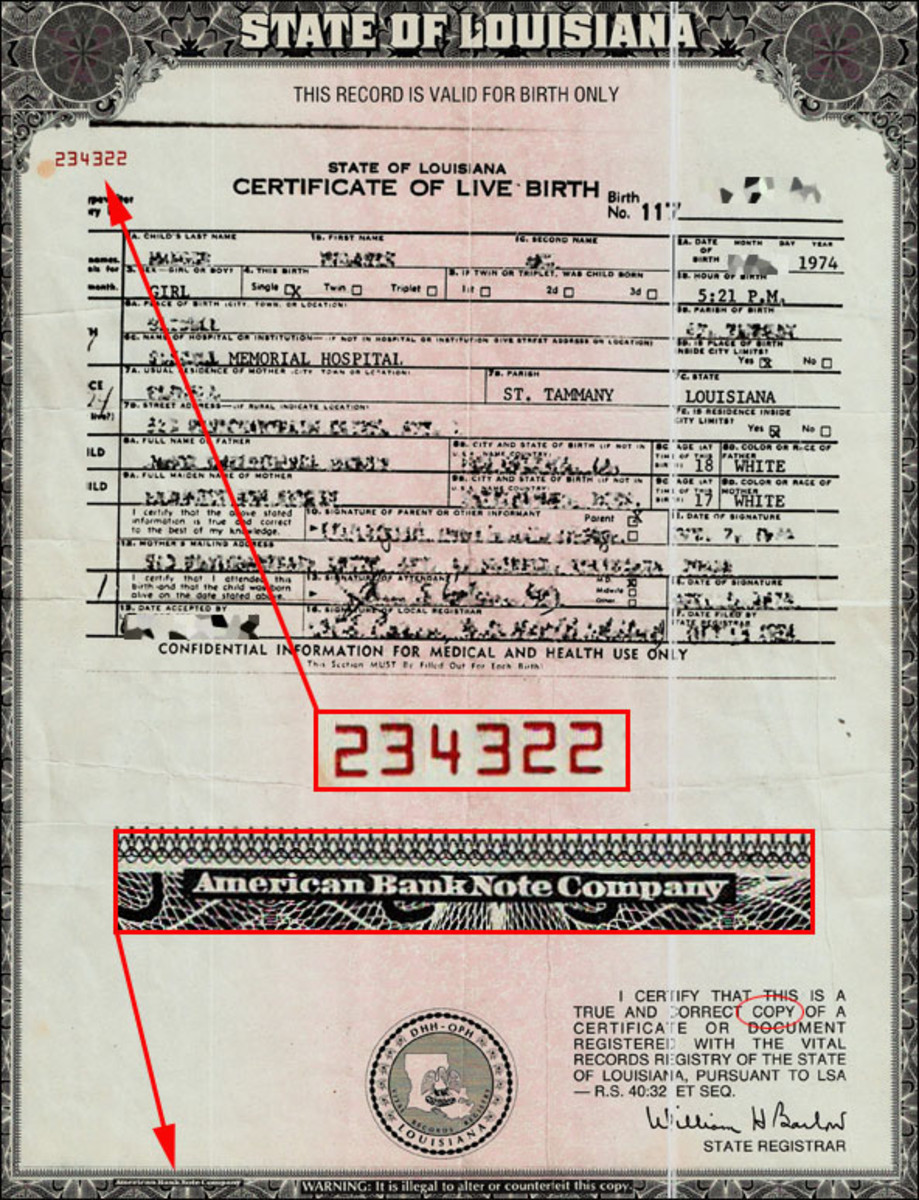Family Tree Research Using the Census
1800 Federal Census
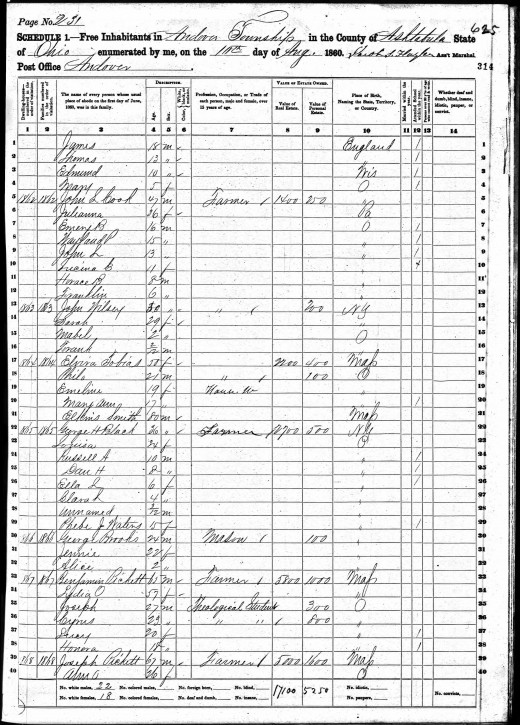
Federal Census Information
Do you know what information is in each census? Federal censuses are available for your review from 1790 through 1940 and there are some state censuses as well. If you are researching your family tree the census can be very helpful. The census eventually reveals the great divide between those who owned slaves and those who stood up against slave trade.
Different censuses will give you different information, therefore it is worthwhile to take a good look at each page. In addition to the ancestor you are researching, you may find other names on the page that are related to your ancestor. Preprinted forms were not available until 1830, so the quality of some census are poor.
First Three U.S. Federal Census
The first federal census of August 2, 1790, was completed by the marshals of United States judicial districts. Due to the loss of some censuses the population count was completed through secondary sources. The 1790 census gives a city, state and it lists men over 16 years of age, the number of men under 16 years, free white women, all other people, plus the number of slaves.
On August 4, 1800, the second census collected more information. In addition to city and state the ages are broken down differently. The ages include males and females under 10 years, then 10-16, 16-26, 26-45, 45 and over and slaves.
On August 6, 1810, the 3rd census was complete. The city, state, head of household and all the people were listed just like 1800.
1820-1830 Census Offers New Information
The federal census for 1820 had the heads of the family listed first, then the ages were broken down differently. Free colored males and females were also counted using the same age groupings as those for whites. The number of foreigners that had not been naturalized were included.
People engaged in agriculture, commerce and manufacturing were counted. The last column was for all other people except Indians that were not taxed. Different colored pens were used to avoid counting people twice.
The 5th census was conducted on June 1, 1830, counting 24 states. The head of household and the ages were again listed differently. They are listed under 5 years, 5-10, 10-15, 15-20, 20-30, and over 100 years.
Other categories include:
- Number of slaves were broken down into years
- Number of deaf and dumb were counted (under 14 years, 14-24 and 25 and older)
- Number of blind
- Foreigners not naturalized were included again.
1840 Census
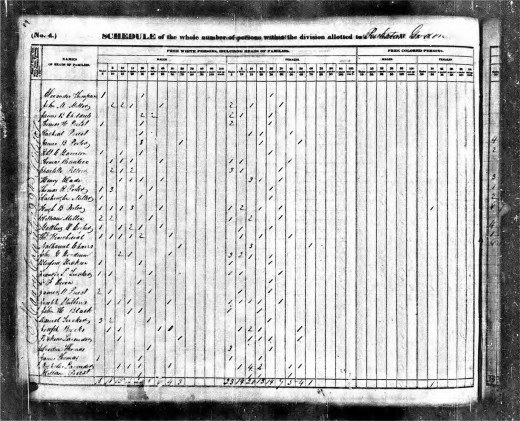
1840 Census Problems
The 1840 census was the first attempt at counting “insane or idiotic” people. The results showed many more black citizens being insane in non-slaveholding states with a much lower number in the states allowing slavery. Unfortunately, this caused a divide between states as they claimed “colored people” were better off in slaveholding states. This is a sad part of U.S. history where black people are concerned.
The slaves were broken down in age range and other categories include:
- Insane and idiotic
- The blind
- Deaf and dumb
- People in a family employed into 7 categories
- Number of schools and scholars
- Number of people over 20 years who could not read or write
- Number of pensioners for the Revolutionary War or military service
1850-1880 Census Lists Women and Children
In the 1850 census it was the first time women and children were listed by name in a census with a household address for the family. This census included:
- “name
- age
- sex
- color (white, black or mulatto) for each person
- whether deaf and dumb, blind, insane or idiotic
- value of real estate owned (required of all free persons)
- profession, occupation or trade of each male over 15 years of age
- place (state, territory or country) of birth
- whether married within the year
- whether attended school within the year
- whether unable to read and write (for persons over 20)
- whether a pauper or convict”
This census showed the amount of agricultural miles, manufacturing production, international trade, education and more.
By the time the 1860 census was completed the country was nearing the Civil War. This census included the value of real estate and personal wealth, place of birth, marriage if attended school this year, those who could not read or write, and it listed whether someone was deaf and dumb, blind, insane, idiotic, pauper, or convict.
Information was obtained for the 1870 Federal Census until August, 1871. This census provided information on the African-American population, only 5 years after the end of the Civil War when slaves were granted freedom. This was the last census conducted by the U.S. Marshal service. This was the first census to record the nativity of the American population.
The 1870 census added the years of education and those who could not read or write.
The 1880 census had some additions to the collection of data. They collected the parent’s birth place, marital status, length of residence in the United States or territory, and place where a disease was contracted. Agriculture information was collected concerning crops and manufacturing operating hours were also collected.
How to Work Around the 1890 Census!
1900 Federal Census
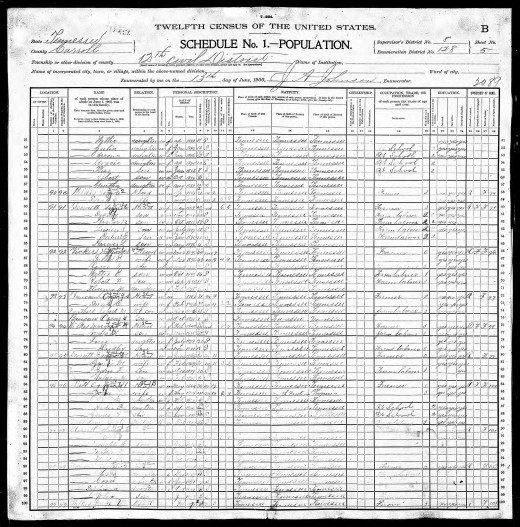
More Information is Added
The 11th U.S. Census was started on June 2, 1890. The data was tabulated by machine for the first time. Then, it was destroyed in a fire at the Commerce Department in Washington, DC on 10 January 1921. The data collected included the month of marriage, if the person was temporarily disabled, maimed, crippled, bedridden or otherwise disabled, number of years in the U.S. and naturalization date.
The 1900 federal census added some more data. The census included the following:
-
Personal Description
- Age, sex, color, birthplace, occupation, month and year of birth
- Marital Status (Single, Married, Widowed, Divorced)
- Married within previous year
- Birthplace of parents -
Education - Attended school in previous year
- Ability to read and write in English -
Home Data - Value of Real Estate
-
Citizenship - Number of years in U.S., naturalization, year of Immigration to US
- Ability to speak English -
Location
- Name of street and number of house
The 1910 census added if they attended school or college, native language or foreign and a yes or no question as to employment.
In 1920 census adds age at last birthday, a street address, age at first marriage, the person’s trade or profession and type of work done. The year of immigration into the U.S., naturalization and the ability to speak English.
Some additional questions were asked on the 1930 census. They asked people if they owned a radio, the value of their home or rent paid, plus veteran information.
1920 US Federal Census | Genealogy Clues to Grow Your Family Tree
Most Recent Census Available for Research
The most recent census that has been released to the public is 1940, and people were asked if they owned a farm, their age, when first married, the highest grade of school completed and the income from wages and salary or other income. The balance of the census was the same as 1930.
Conclusions
The census contains a wealth of information, but it is important to know names and other information is sometimes misspelled. It is also important to look at the date of the enumeration, the address of your ancestor and anyone else on the page that might be related, which may include inlaws. Look over each page carefully.
1855 NY State Census
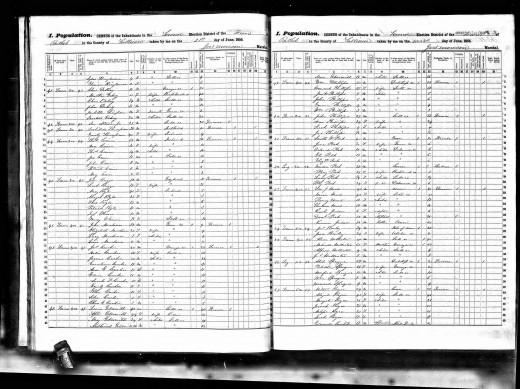
Federal U.S. Census
Have You Done Family Research Using VCensus?
This content is accurate and true to the best of the author’s knowledge and is not meant to substitute for formal and individualized advice from a qualified professional.
© 2019 Pamela Oglesby





